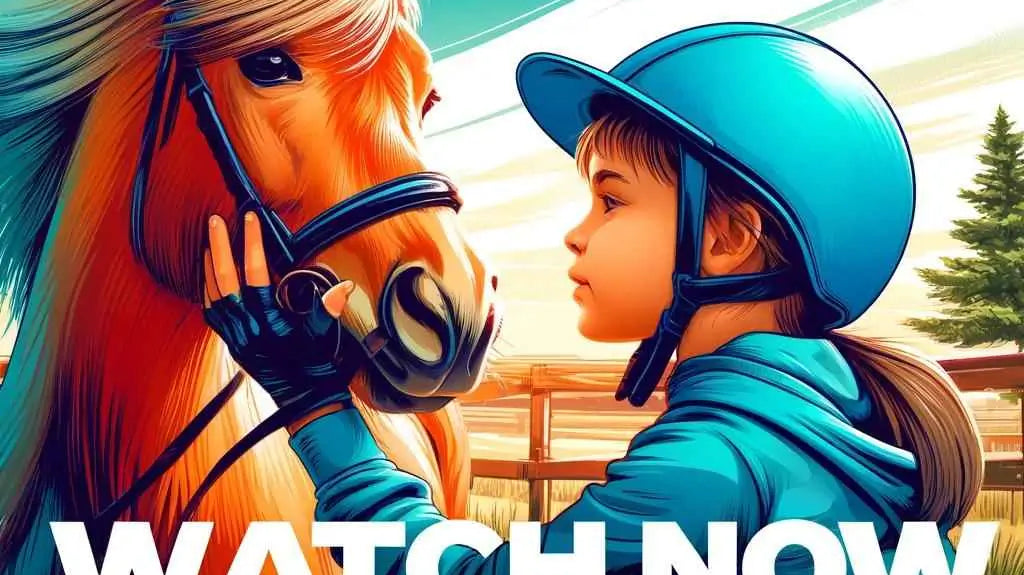Anna Ross and Hans-Christian Matthiesen: Advocates for Change in Dressage
Indispensable figures in the dressage arena, Anna Ross and Hans-Christian Matthiesen, have been instrumental in highlighting key issues in the sport, sparking imperative changes and fostering a future-focused vision.
The Pioneers of British Dressage
At the much-acclaimed Winter Dressage Championships, the stunning performances of the British-bred champions, namely Dannie Morgan's Fever Tree and Sadie Smith's Swanmore Dantina, provoked widespread admiration. Anna Ross, a leading British grand prix dressage rider and trainer, was also among their admirers, and noted their potential for British dressage's future.
Shifting Perceptions in the Midst of Controversy
In the face of escalating criticism surrounding dressage, Ross opted to highlight the positive aspects of the sport, emphasizing that the principles grounded in trust, communication, and understanding between the horse and the rider remained unchanged. She advocated for enriching these partnerships instead of discarding the sport under the bludgeon of controversy.
Advocating Change: The Call of Matthiesen
While Ross illuminated the positive facets of dressage, Hans-Christian Matthiesen, an international five-star judge and vet, put forth some critical suggestions. Notably, he proposed rule modifications that could lead to better welfare for horses.
Identifying stress in horses during performance, he suggested allowing riders the discretion to use less restrictive equipment such as bits and saddles. This move, Matthiesen hopes, could greatly alleviate the stress endured by these magnificent creatures during performances and contribute to their overall wellbeing.
The Impact of Equipment on Dressage Horses
Ross aligns with Matthiesen’s insights, expressing her frustration with being compelled to use a double bridle for her grand prix mare, Holly. She strongly believes that a deeper understanding of the context and purpose of specific equipment can greatly impact a horse's performance and welfare.
Consequently, the call for change has ignited a broader discussion about the role and impact of equipment in dressage sports. The need for a comprehensive study on various riding equipment options and their impacts on horse performance and welfare is palpable.
Exploring Other Key Aspects: Breeding Practices and Major Event Changes
It’s also crucial to assess recent evolutions in major dressage events and their implications on horse welfare. Also, breeding practices that influence the performance of horses deserve exploration. Both genetic and environmental factors play significant roles in determining a horse's ability to excel in dressage.
Understanding these factors would provide invaluable insights into the sport, and inform future training methods and choices of equipment.
A New Era for Dressage
In conclusion, through their discerning insights, Anna Ross and Hans-Christian Matthiesen are instigating an important conversation about the future of dressage. Holding up a mirror to the sport, their perspectives open up pathways to rethink the role of equipment, prioritize horse welfare, and consider rule modifications to align dressage with its evolving nature.
Sources:
Article 1: Title and source URL not provided
Article 2: Revisiting Dressage: Anna Ross and Hans-Christian Matthiesen's Call for Change. Source URL not provided.




